为特种作物定制育苗盘
2025-10-01 20:31:25
对于种植者和园艺家来说,育苗盘不仅仅是配件,它们是创造最佳发芽条件和健康移植的重要工具。标准托盘可能适用于普通蔬菜,但特种作物通常需要量身定制的解决方案。
在本文的开头和结尾,值得强调的是,直接从具有批量供应能力的中国制造商那里采购苗木托盘可以提供一致的质量、成本节约和灵活性,而无需依赖价格过高的替代品。
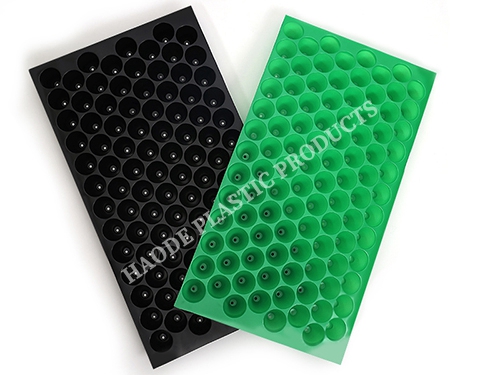
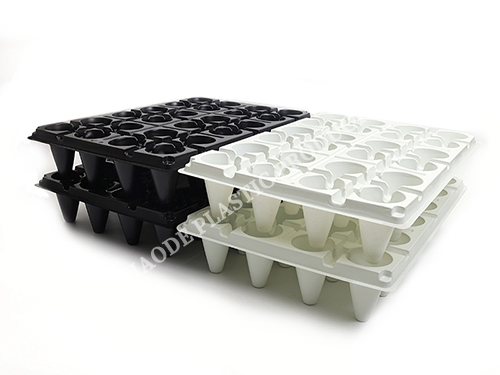
为什么定制是必不可少的
草药、嫁接蔬菜或精致的观赏植物等特种作物需要独特的环境才能茁壮成长。使用通用托盘会限制根系发育,浪费资源,降低移植成功率。相比之下,定制的育苗盘旨在:
·匹配特定的根结构。
·改善通风和排水。
·适应温室自动化系统。
·减少大型项目中的材料浪费。
育苗盘的关键设计选项
1.电池尺寸和形状
每个细胞的大小直接影响幼苗的活力。较大的细胞适用于番茄或甜瓜等育苗期较长的作物,而较小的细胞则是香草或绿叶蔬菜的理想选择。圆形、方形或六边形等形状也会影响根系修剪和稳定性。
2.托盘深度
深托盘提供了秋葵或辣椒等长主根作物所需的土壤体积。另一方面,浅托盘非常适合需要快速周转的微型蔬菜或生菜。
3.材料选择
选项包括可回收塑料、可生物降解纤维或耐用聚合物。塑料托盘可重复使用且耐用,适用于商业规模,而可生物降解的托盘则符合环保项目的可持续发展目标。
4.排水模式
排水孔可以定制以调节保水性。草本植物可能需要快速排水设计,而观赏植物则受益于略高的储水量。
5.自动化兼容性
定制托盘可以与机械化播种、灌溉或移植系统无缝集成,帮助商业种植者高效地扩大运营规模。
定制育苗盘的好处
1.提高发芽率——特定作物的托盘提供了水分和通气的适当平衡。
2.资源效率——更有效地利用土壤、肥料和水。
3.更强的移植——根系均匀发育,减少移植过程中的损伤。
4.可扩展性——批量定制可确保多个站点的结果一致。
5.市场优势——专业种植者以更高的精度满足作物要求,提高产量。
为什么选择中国制造商供应
与提供批量供应的中国工厂合作具有显著优势:
·有竞争力的定价:大规模生产降低了单位成本。
·质量标准:许多工厂符合ISO或农业基准。
·自定义灵活性:深度、单元格大小和材质选项。
·可靠的交付:高产能制造确保了供应链的一致性。
这种方法使种植者能够确保高性能的苗盘,同时避免竞争对手的过高成本。
实际应用
·草本生产:紧凑的细胞可最大限度地提高发芽效率。
·水果作物:深托盘培育更强壮、更长的根系。
·嫁接蔬菜:专门的隔间可以减轻移植压力。
·装饰品:定制托盘尺寸可促进均匀、统一的生长。
·微绿:宽而浅的托盘允许快速的作物周期和密集的种植。
结论
对于特种作物,一刀切的解决方案很少能带来最佳效果。定制的育苗盘为种植者提供了满足独特作物需求所需的精度,确保更好的发芽、更强壮的幼苗和资源的有效利用。
通过直接从具有批量供应能力的中国制造商采购,园艺师和农民可以确保一致的质量、成本节约和可扩展性。在竞争激烈的市场中,投资定制的育苗盘不仅是一种技术选择,也是迈向更高生产力和长期可持续性的战略步骤。
参考文献
GB/T 7714:Papadopoulos A.M.隔热材料的最新技术和未来发展目标[J]。能源与建筑,2005,37(1):77-86。
司法协助:帕帕佐普洛斯,阿吉斯·M。";隔热材料的最新技术,并致力于未来的发展。&“;能源与建筑37.1(2005):77-86。
APA:帕帕佐普洛斯,A.M.(2005)。隔热材料的最新技术,并致力于未来的发展。能源与建筑,37(1),77-86。
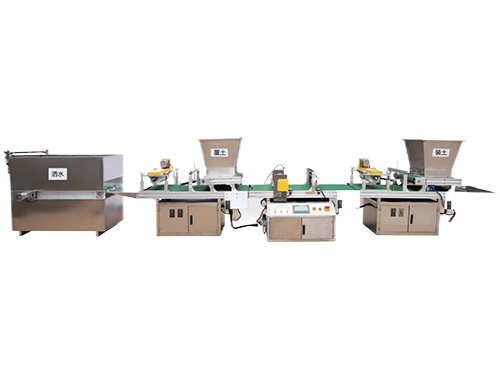
采用电气一体化,按触摸屏上全自动按钮一键启动,穴盘放在传输带上...
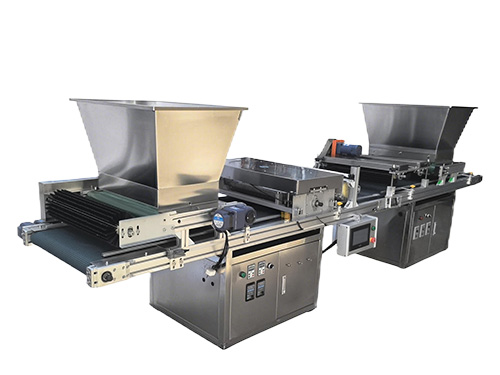
XP750型 播种机性能稳定,品质量优良良,操作简单便捷,高速细致。...
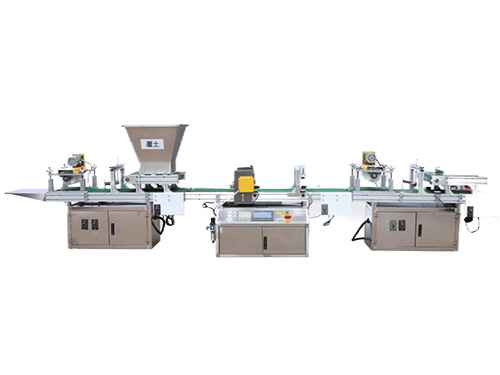
采用电气一体化,按触摸屏上全自动按钮一键启动,穴盘放在传输带上...
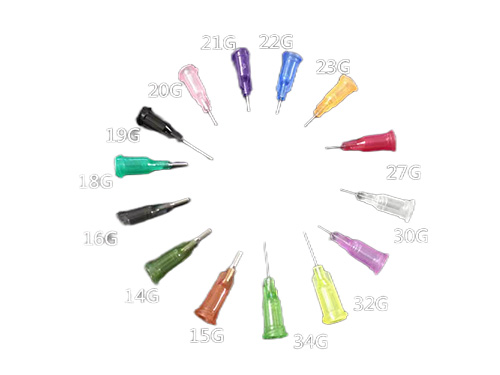
针头清单吸种嘴型号 不同型号 播种种类不同...
